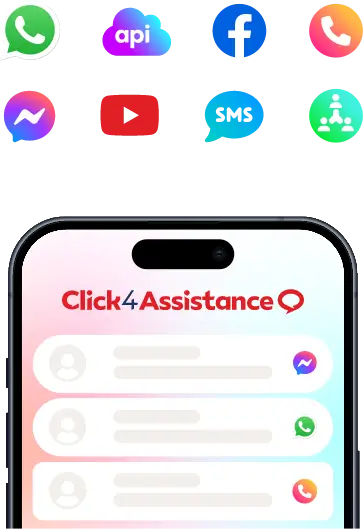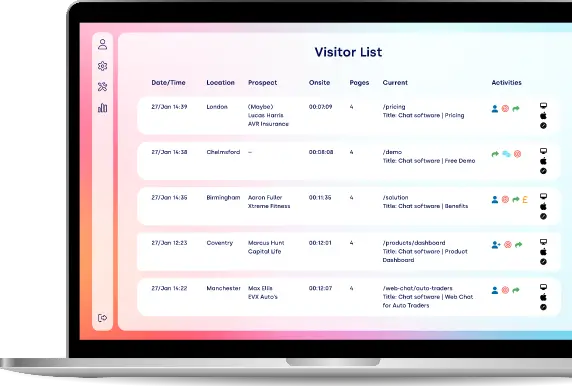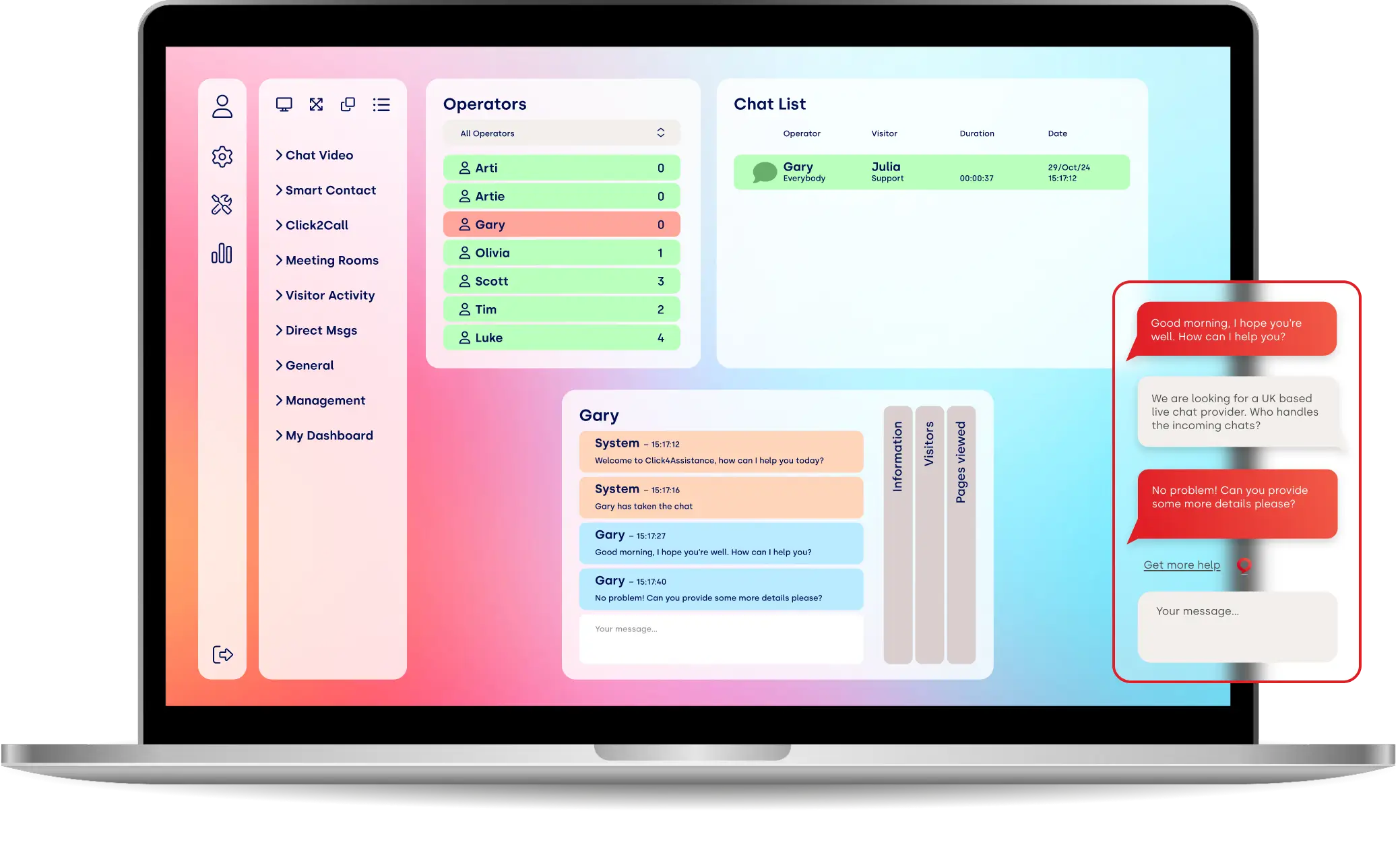What Are the Main Types of Threat Intelligence?

Threat intelligence is a critical component of any company’s cybersecurity arsenal, but what is it and what are the main types?
In the modern business world, we cannot be too careful when it comes to the overarching concept of cybersecurity. Whether you are looking to add online chat to website pages or give your online business an overhaul, it is essential to have an understanding of what is known as threat intelligence.
Threat intelligence refers to information that organisations can use to combat cyber threats effectively and involves using organised data through collecting, analysing, and transforming it into insights that can empower a company to make more informed decisions. There are various types of threat intelligence, so let's show you what they are and how you can benefit.
Strategic Threat Intelligence
Strategic threat intelligence provides a comprehensive view of an organisation's threat landscape. This type of intelligence involves identifying overarching trends, understanding the motives and capabilities of adversaries (such as hackers), and then formulating strategies to mitigate these risks effectively.
Risk assessments are a very common component of businesses in terms of health and safety, and strategic threat intelligence plays an essential role in aligning organisational risk management strategies and the right types of investments to enhance overall cybersecurity defences.
Operational Threat Intelligence
Operational threat intelligence seeks to deliver real-time information about specific incoming cyber-attacks, focusing on short to medium strategies for responding in a proactive manner and thwarting these attacks.
Operational threat intelligence aids in anticipating and preventing future attacks by playing a key role in facilitating thorough incident investigations and enhancing security to defend against these attacks. It is vital to point out that operational threat intelligence should not be confused with technical threat intelligence, which we will soon cover.
Tactical data like malware hashes or fraudulent URLs can be leveraged, but operational intelligence relies on information acquired from hacker communications to understand the full extent of the narrative. Data for operational threat intelligence comes from various sources, for example, social media hacker communications in chat rooms and forums that provide insights into the methods, motives, and timings used by what is known as specific threat actors, a term for an individual or group involved in harmful cyber activities.
Tactical Threat Intelligence
Tactical threat intelligence involves collecting and analysing data on potential threats to identify and mitigate them proactively. Tactical intelligence requires a deep understanding of threat actors' capabilities, intentions, and the environments in which they operate, and therefore, it is more actionable than an approach like strategic intelligence.
Tactical threat intelligence focuses on Indicators of Compromise (IOCs) and Tactics, Techniques, and Procedures (TTPs) used by threat actors, and information is gathered from various sources such as malware samples, incident reports, and third-party intelligence.
Technical Threat Intelligence
Also known as cyber threat intelligence, technical threat intelligence focuses on specific Indicators of Compromise (IOCs) that cybersecurity professionals use to protect networks from ongoing threats. It can include information such as IP addresses, malware, and other threat attacks used to breach systems or networks.
Technical threat intelligence is crucial for short-term use as it can block access to and from malicious properties used by threat actors and aids in preventing cyber-attacks by adapting to new tactics the attackers employ.
Technical threat intelligence can be categorised into three different types:
- Network indicators such as IP addresses and domain names.
- Host-based indicators such as file artefacts.
- Email indicators, for example, phishing emails.
Technical threat intelligence is most useful for a number of technical factors, such as managed security service providers, and it can also be very useful for analysts, security researchers, and even marketing and communication teams.
The Benefits of Understanding Threat Intelligence for Your Organisation
There are several key benefits to understanding threat intelligence for your organisation:
- Threat intelligence is a very cost-effective measure and can save organisations a lot of money by preventing data breaches and minimising the associated costs lost due to decreased reliability, for example, fines or even lawsuits.
- It improves the efficiency of security teams by identifying potential threats that require immediate focus, enhancing overall preparedness.
- Threat intelligence is critical for risk reduction, ensuring normal operations continue without disruption as it informs businesses of potential vulnerabilities in their cybersecurity systems.
- By blocking malicious entities from entering the network, threat intelligence prevents data breaches as organisations are thoroughly checking for IP addresses trying to access the business or checking for suspicious links and domains.
- Understanding threat intelligence equips companies with the knowledge that is so necessary to protect their assets against cyber threats.
Whether a business is trying to add online chat to website pages or better understand operational procedures in cybersecurity, threat intelligence knowledge can help any business gain a competitive edge.

























